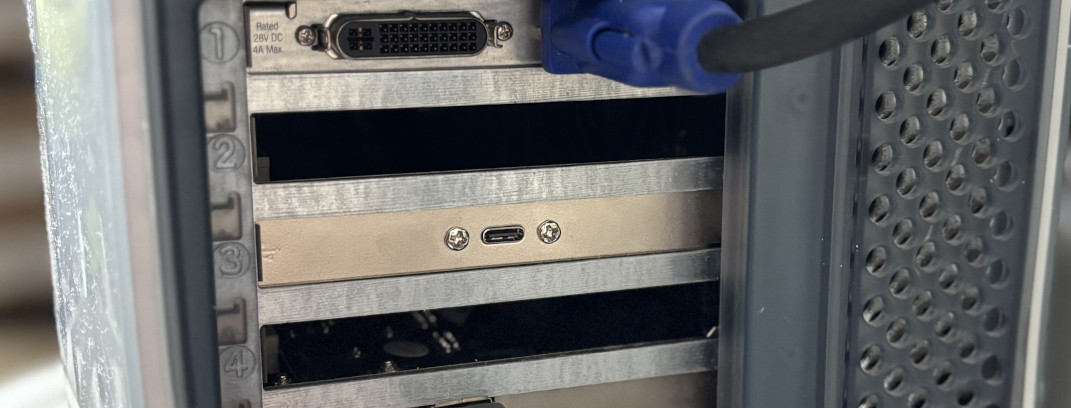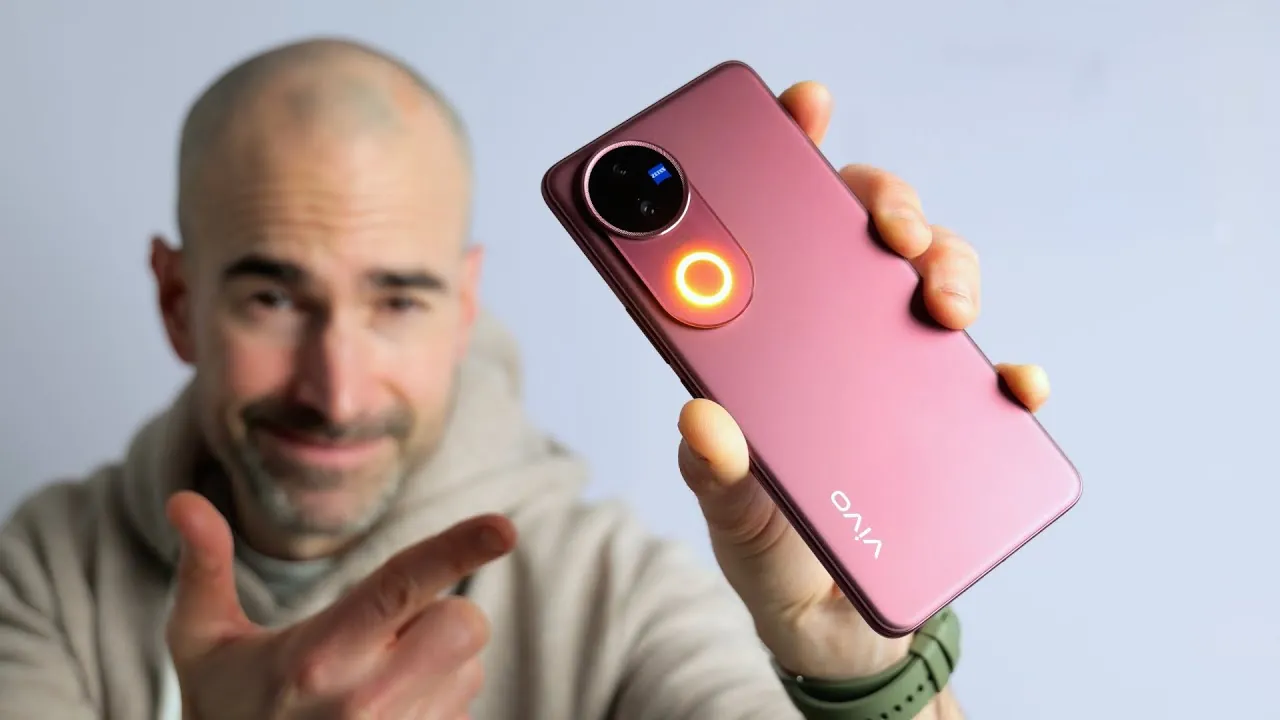
For those who’ve never bitten the Apple, the PowerMac G4 was a blue-tinted desktop Macintosh offered from 1999 to 2004. At the time, the machines were plenty fast — being advertised as the first “personal supercomputer” when they hit the market. But Father Time is particularly harsh on silicon, so they’re properly archaic by modern standards.
As such, the rear panel of one of these machines is hardly where you’d expect to run into a functional USB-C port. , old has officially met new. Critics will note that it’s not USB-C, and instead uses USB 2.

0 with the more modern connector. That’s true, but considering how many commercial devices we run into that are still using the same trick, we’ll give it a pass. So in theory, all it should take to make this possible is a USB 2.
0 PCI card and some clever wiring going into the back of a bulkhead USB-C connector. Which if you zoom out far enough, is exactly what [Dandu] did. But when your dealing with a 20+ year old computer, everything is easier said than done.
For one thing, it look awhile to find a PCI USB card that would actually work under the two operating systems the computer runs (OS X Tiger and Mac OS 9). For those taking notes, a card using the Ali M5273 chip ended up being the solution, although it can only hit USB 1.1 speeds under OS 9.
He also needed to find card that had an internal header connector to wire the USB-C port to, which wasn’t always a given. [Dandu] provides some screen shots and benchmarks to show how the new port works in both versions of Mac OS, but the most important feature is that he can casually plug his phone into the back of the machine..















